
3 Femoral Nerve Exercises (Meralgia Paresthetica) YouTube
What are some of the best exercises for meralgia paresthetica? Definition Treatments Exercises Other suggestions Summary Stretching and strengthening exercises may help release the compressed.
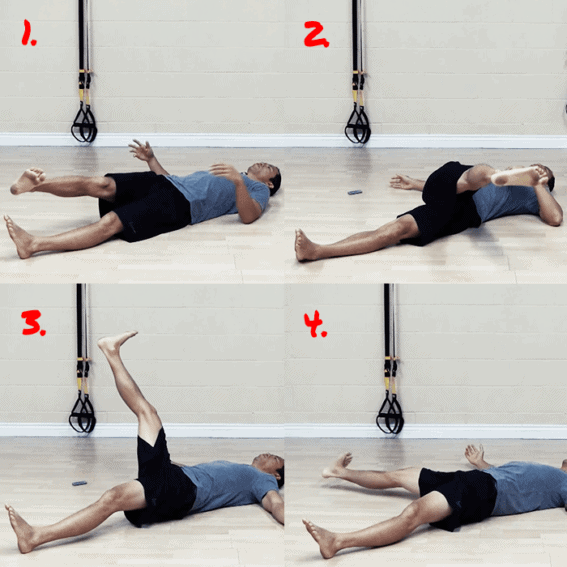
Meralgia Paresthetica Treatment Strategies and Exercises Precision Movement
Meralgia paresthetica is a painful compressive neuropathy of the lateral femoral cutaneous nerve (LFCN), causing burning pain and paresthesia in the anterolateral thigh. This elusive diagnosis can cause significant frustration for patients and providers.Fortunately, the correct conservative care recipe can resolve more than 9 out of 10 cases.
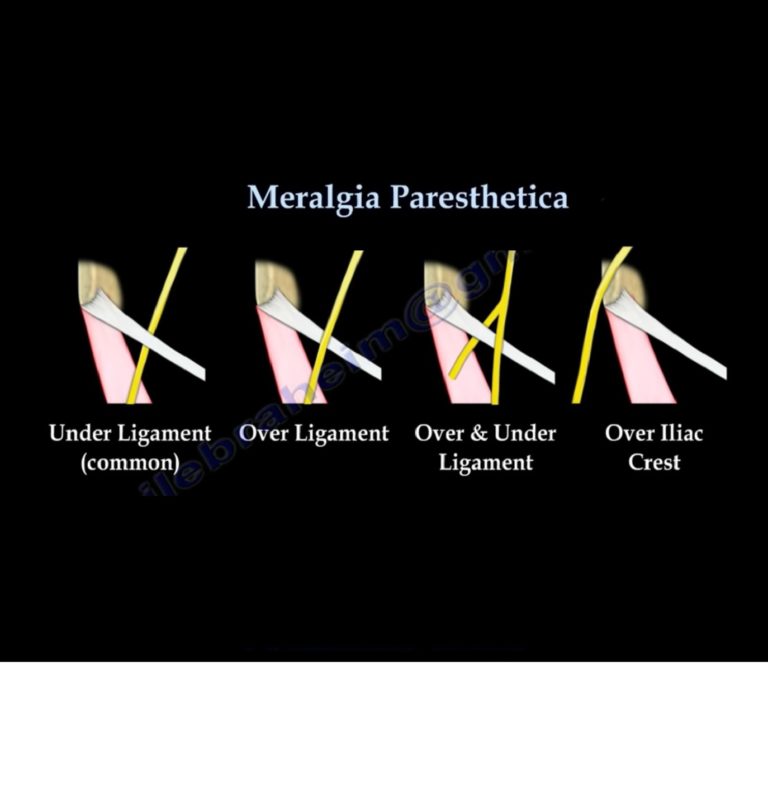
Meralgia Paresthetica —
Meralgia paresthetica (also known as lateral femoral cutaneous nerve entrapment) is a condition characterized by tingling, numbness and burning pain in your outer thigh. It's caused by compression of the nerve that provides sensation to the skin covering your thigh.

How to Sleep With Meralgia Paresthetica Healing Picks
The main symptoms of meralgia paresthetica include: • Pain, burning sensation on the outer side of the thigh, sometimes extending to the outer side of the knee. • Numbness over the outside of the thigh. • Sensitivity to light touch over the outside of the thigh. • Worsening of symptoms with certain positions. • Occasional pain in the.
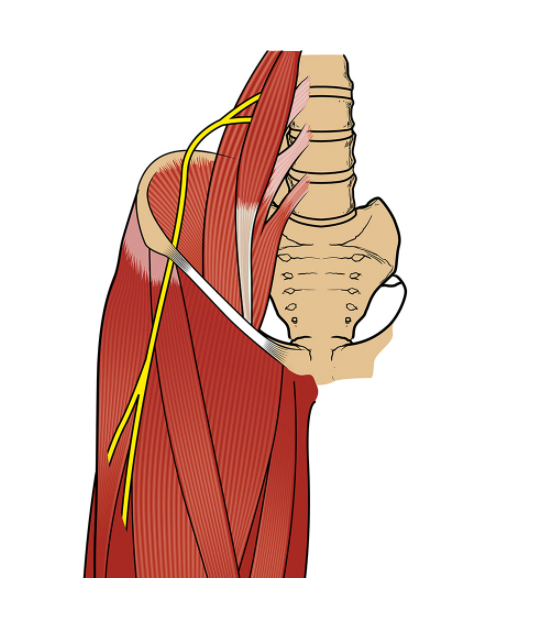
Top Tips for Meralgia Paresthetica — ChiroUp
Meralgia paresthetica is a neuropathy of the LFCN presumably due to nerve entrapment. The diagnosis is made clinically; however, ultrasonography can help confirm the diagnosis. If an abnormality is noted on ultrasound, it often involves a "hypoechoic and swollen lateral femoral cutaneous nerve" . The condition can be very painful because of.

Meralgia Paresthetica Soft Tissue Release TFL and Psoas Chiropractic Treatment YouTube
A painful, burning sensation on the outer side of the thigh may mean that one of the large sensory nerves to your legs — the lateral femoral cutaneous nerve (LFCN) — is being compressed (squeezed). This condition is known as meralgia paresthetica (me-ral'-gee-a par-es-thet'-i-ka). Information to the brain about the environment (sensory nerves)
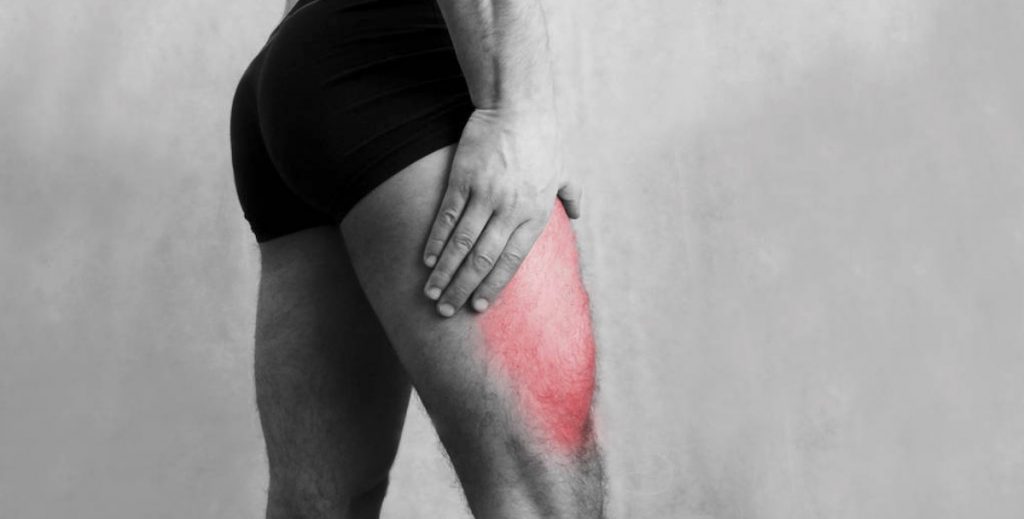
Meralgia paresthetica Archview Physiotherapy Massage Dry Needling Pilates
Meralgia paresthetica is a medical condition that causes pain and sensations of aching, burning, numbness or stabbing in your thigh area. The condition results from compression (pressure on or squeezing) of your lateral femoral cutaneous nerve (LFCN). This large nerve supplies sensation to the front and side of your thigh.

Meralgia Paresthetica Physiotherapy Pain Free Physiotherapy by Pain Free Physiotherapy Clinic
For example: A seat belt injury from a car accident. Inadvertently, during medical or surgical procedures - for example, keyhole (laparoscopic) hernia repairs. Various sports and physical activities can be associated with meralgia paraesthetica. These include gymnastics, baseball, soccer, bodybuilding and strenuous exercise.

Meralgia Paresthetica Lateral Femoral Cutaneous Nerve Entrapment
Meralgia paresthetica is a condition that causes numbness, pain, or a burning feeling in your outer thigh. You might also hear it called Bernhardt-Roth syndrome. It happens when there's too much.

Meralgia paresthetica oefenschema YouTube
Meralgia Paraesthetica (MP), also known as Bernhardt-Roth or LFCN (lateral femoral cutaneus nervus) neuralgia, comes from the greek term meros algos meaning thigh pain. MP is caused by damage to the nervus cutaneus femoris lateralis (LFCN). The most common cause of damage to this nerve is entrapment at the level of the inguinal ligament. [1]

Meralgia Paresthetica A Beginner's Quick Start Guide to Managing the Condition Through Diet and
Meralgia Paresthetica. Meralgia paresthetica is caused by the compression of one of the large sensory nerves in the leg — the lateral femoral cutaneous nerve. This nerve provides sensation to the skin along the outer thigh starting from the inguinal ligament and extending down toward the knee. Compression of this nerve can result in numbness.
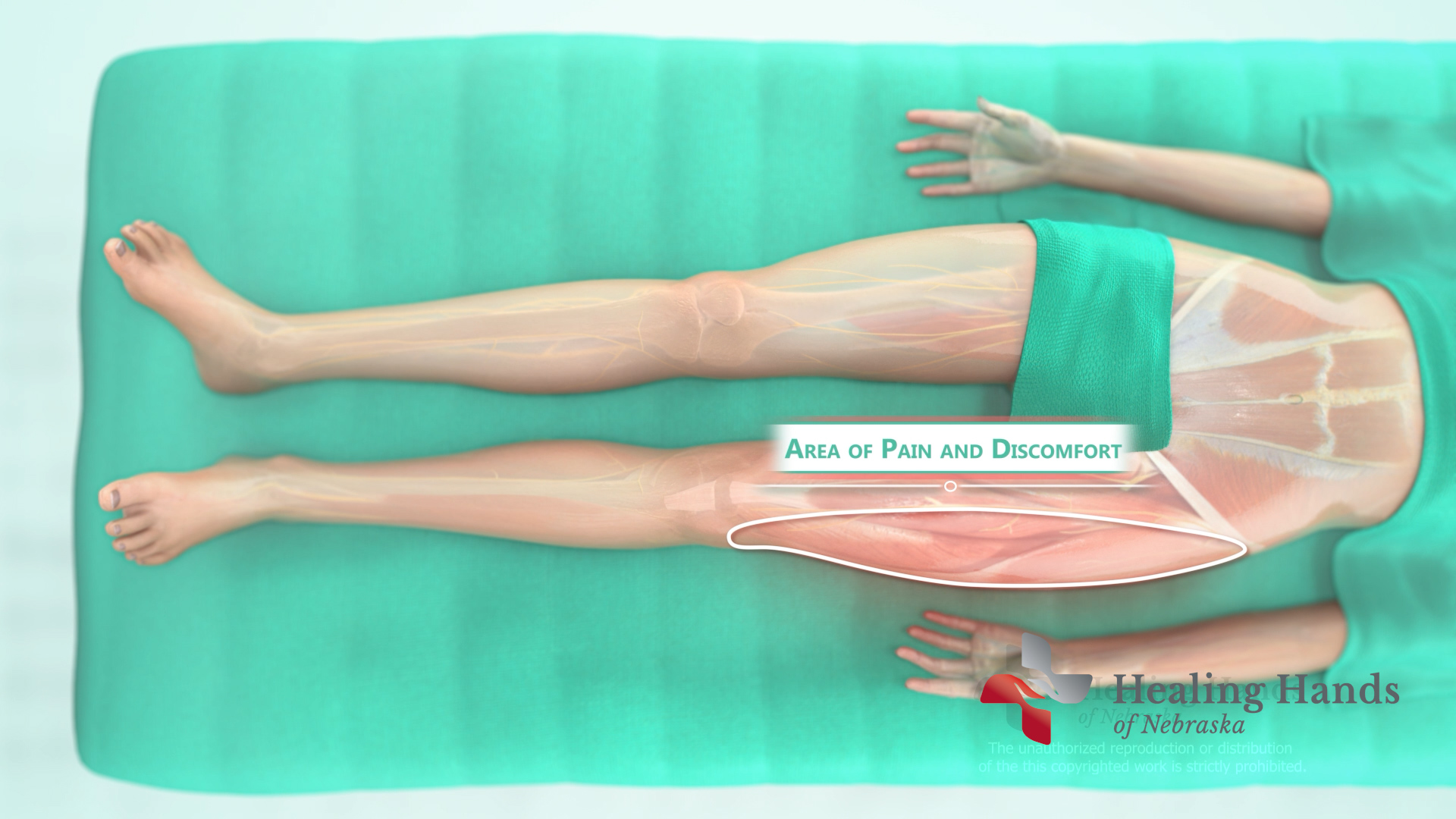
Dr. Aguila Explains Meralgia Paresthetica Healing Hands of Nebraska
1. Clamshell This floor-based stretch helps strengthen your hip stabilizers and open your pelvic area to relieve pressure. How to do it: Lying on your right side, stack your feet and bend your.
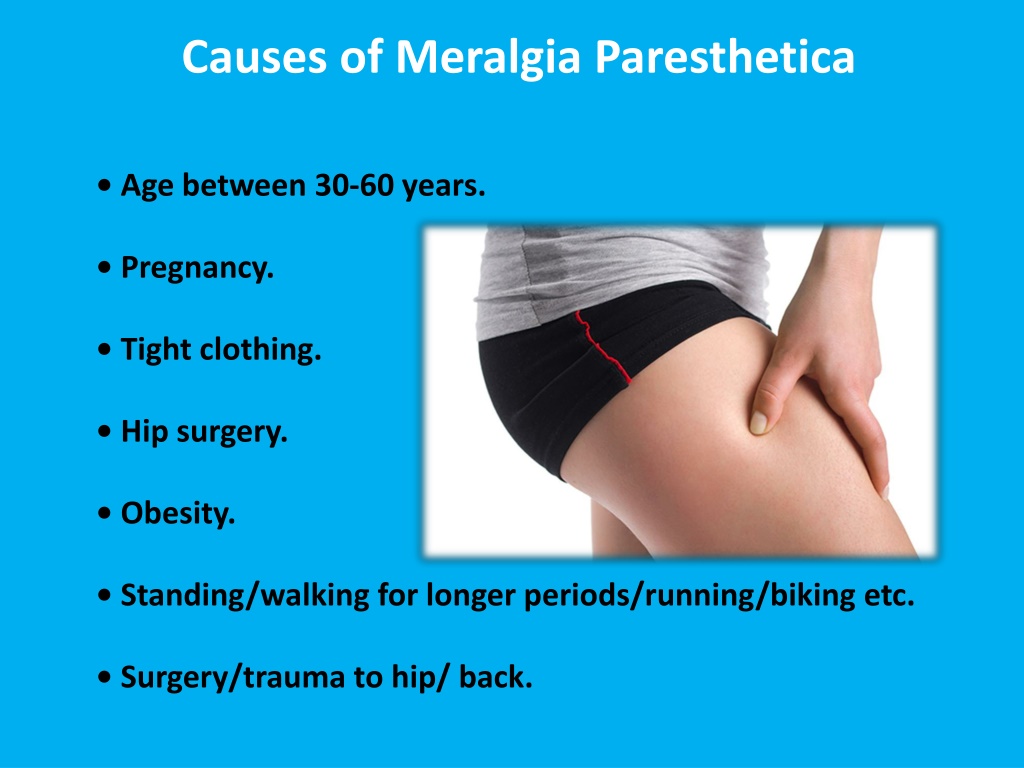
PPT Meralgia Paresthetica Physiotherapy Pain Free Physiotherapy PowerPoint Presentation ID
Introduction. Meralgia paresthetica (MP) is the compression syndrome of the lateral femoral cutaneous nerve (LFCN) resulting in numbness and/or painful dysesthesia of the anterolateral thigh [1-4].For a long time, it was considered a rare disease [5, 6], but, beginning in the 1990s, a substantial increase in its prevalence has been observed, most likely due to growing rates of obesity and.

A Quick Review of Meralgia Paresthetica — The Sports Medicine Review
Meralgia paresthetica is a nerve disorder that causes pain and numbness in the front and side of the thigh. It is caused by compression of the lateral femoral cutaneous nerve, which supplies sensation to the skin of the thigh. This book chapter from StatPearls provides an overview of the causes, diagnosis, treatment, and prevention of meralgia paresthetica. It also includes a summary of the.

Meralgia Paresthetica Exercises StepbyStep Guide for Pain Relief
If you're experiencing numbness and tingling in your thigh, you may be suffering from Meralgia Paresthetica. In this video, Paul Marquis PT from Ortho Eval P.

Meralgia paresthetica upper leg pain upper thigh pain YouTube
Diagnosis In most cases, your doctor can make a diagnosis of meralgia paresthetica based on your medical history and a physical exam. He or she might test the sensation of the affected thigh, ask you to describe the pain, and ask you to trace the numb or painful area on your thigh.